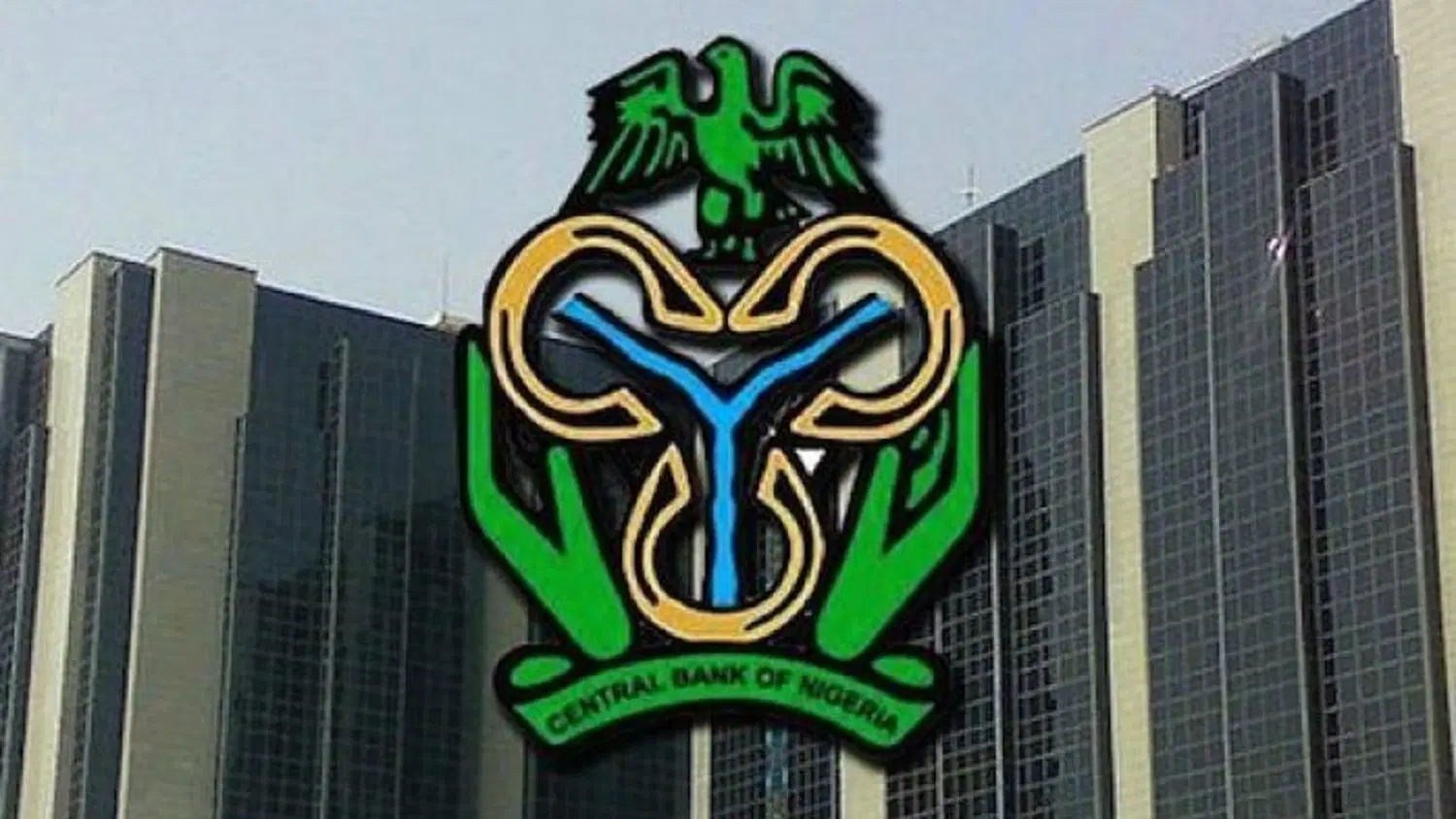
Nigeria spent a total of $2.86 billion servicing external debt between January and August 2025, according to new data from the Central Bank of Nigeria (CBN). The figure represents 69.1 per cent of the country’s total foreign payments, highlighting the continued dominance of debt obligations in Nigeria’s international financial commitments.
This marks a marginal decline from the same period in 2024, when external debt servicing hit $3.06 billion, accounting for 70.7 per cent of the total foreign outflow of $4.33 billion. In contrast, 2025’s overall foreign payments dropped to $4.14 billion, suggesting a slight contraction in external transactions.
Despite the $198 million decrease in absolute debt service payments compared to the previous year, the country continues to direct nearly 7 out of every 10 dollars in foreign expenditure towards debt repayment.
Monthly Breakdown Shows Payment Swings
CBN’s monthly data points to a highly erratic debt servicing schedule in 2025:
- January: $540.67m (↓ $19.85m from Jan 2024)
- February: $276.73m (↓ $6.49m)
- March: $632.36m (↑ $356.19m or 129%)
- April: $557.79m (↑ $342.59m or 159%)
- May: $230.92m (↓ $623.45m or 73%)
- June: $143.39m (↑ $92.57m or 182%)
- July: $179.95m (↓ $362.55m or 66.8%)
- August: $302.3m (↑ $22.35m or 8%)
In month-to-month terms within 2025, payments fluctuated sharply. February fell nearly 49 per cent from January, followed by a dramatic spike of 128.5 per cent in March. Payments eased again in April and collapsed in May, before gradually picking up by July and August.
The figures underscore Nigeria’s continuing fiscal vulnerability. Though the nation spent nearly $200 million less on debt service in the first eight months of 2025 compared to 2024, debt repayments still consumed over two-thirds of the country’s foreign exchange outflows.
This leaves limited room for other critical imports such as industrial machinery, healthcare equipment, or infrastructure investments, posing a major risk to economic development.
Fitch Flags Growing Debt Pressures
Ratings agency Fitch recently forecast that Nigeria’s external debt servicing will rise to $5.2 billion by the end of 2025, up from $4.7 billion in 2024. This includes $4.5 billion in amortisations and a $1.1 billion Eurobond repayment due in November.
Fitch also flagged a missed Eurobond coupon payment in March 2025 as indicative of broader challenges in managing public finances.
“Government external debt service is moderate but expected to rise… High interest costs, weak revenue, and limited fiscal space remain risks,” Fitch stated in its latest outlook.
The agency projected that general government debt would hover around 51 per cent of GDP through 2025 and 2026. More worryingly, it noted that interest payments are set to consume nearly half of the Federal Government’s revenue, reflecting structural fiscal imbalances.
Revenue Concerns Persist
Fitch estimates general government revenue-to-GDP will average 13.3 per cent in 2025–2026, one of the lowest among emerging markets while the Federal Government’s interest-to-revenue ratio could exceed 50 per cent, far above sustainable thresholds.
Such numbers point to a narrowing fiscal runway for Nigeria, where rising debt repayments could eventually crowd out essential public services unless urgent reforms are made to boost revenues and restructure borrowing.



